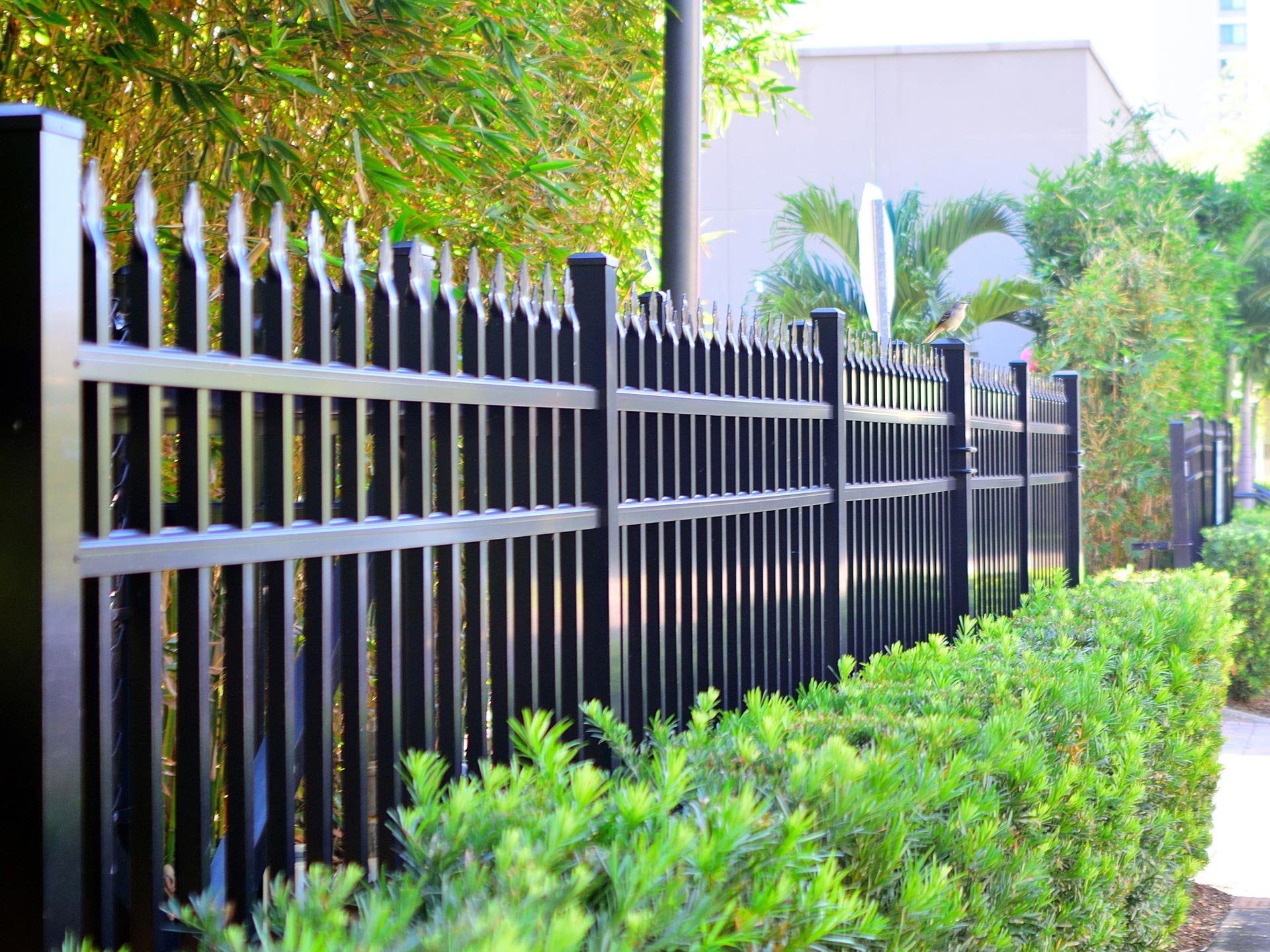Are you looking for expert advice on choosing the right fence for your needs? Look no further! With “50 Tips for Choosing Child-Friendly Fences,” you’ll have all the information you need to make an informed decision. As the owner of the blog website “http://fencedude.com,” I am dedicated to providing comprehensive and engaging content about fences. In this article, I will delve into the intricacies of different fence types, their varying sizes and shapes, the materials used in their construction, and most importantly, how to determine which type of fence is suitable for your specific requirements. From wooden fences to vinyl fences and everything in between, this article will cover it all. So sit back, relax, and get ready to become an expert in choosing child-friendly fences!
Factors to Consider when Choosing a Child-Friendly Fence
When it comes to choosing a child-friendly fence for your property, there are several important factors that you should consider. The safety and well-being of your children is your top priority, so it’s vital to select a fence that provides a secure and protected environment for them to play and explore. In this article, we will discuss the key factors to keep in mind when selecting a child-friendly fence, including safety features, durability, height and spacing requirements, materials, visibility, installation, cost, compatibility with your existing landscape, local regulations, and long-term functionality. Let’s dive in!
1. Safety features to look for
The safety of your children should be your utmost concern when choosing a child-friendly fence. It’s crucial to select a fence that includes certain safety features to prevent accidents and ensure the security of your little ones. Here are some safety features to look for:
1.1 Self-closing and latching gates
Opt for a fence with self-closing and latching gates to prevent children from accidentally leaving the protected area. These gates automatically close and latch upon being released, providing an added layer of security.
1.2 Smooth and rounded edges
Choose a fence with smooth and rounded edges to minimize the risk of injury. Sharp or jagged edges can pose hazards, especially for young children who are prone to falls and bumps.
1.3 No footholds for climbing
Ensure that the fence you choose does not have any footholds or protrusions that could enable children to climb over it. Fences with solid panels or smooth surfaces are ideal for preventing climbing.
1.4 Lockable gates
Consider installing a fence with lockable gates to prevent unauthorized access to the protected area. Lockable gates provide added security and peace of mind, especially when children are playing outdoors unsupervised.
1.5 Non-toxic materials
It is essential to select a fence made from non-toxic materials, especially if your children have a tendency to put things in their mouths. Avoid fences made from materials that contain harmful substances or chemicals, such as lead-based paint or treated wood.
2. Durability and maintenance considerations
When choosing a child-friendly fence, it’s crucial to consider its durability and maintenance requirements. Children can be quite active, so you’ll want a fence that can withstand their energetic play and withstand the elements. Here are some durability and maintenance factors to consider:
2.1 Weather resistance
Opt for a fence that is designed to withstand various weather conditions. Look for materials that are resistant to fading, warping, and damage caused by exposure to sunlight, rain, snow, and wind.
2.2 Easy to clean and maintain
Choose a fence that is easy to clean and maintain. Children can be messy, and the fence may get dirty or stained. Select materials that can be easily cleaned with basic household cleaning products and require minimal maintenance over time.
2.3 Resistance to pests and rot
Consider a fence that is resistant to pests, such as termites or other wood-boring insects, as well as rot. Fences made from materials like vinyl, aluminum, or composite are generally more resistant to these issues compared to traditional wood fences.
2.4 Longevity of the fence
Invest in a fence that is built to last. As children grow, they may become more active and potentially put more stress on the fence. Choose materials that have a proven track record of durability and longevity to ensure that your fence remains in good condition for years to come.

3. Height and spacing requirements
The height and spacing of the fence are critical factors to consider when selecting a child-friendly option. You want to ensure that the fence provides an adequate barrier to keep your children safe and secure. Here are some important considerations:
3.1 Minimum height recommendations
There are no universal height requirements for child-friendly fences, as they can vary based on local regulations and personal preferences. However, it is generally recommended to choose a fence with a minimum height of four feet to prevent children from easily climbing over it. If you have particularly adventurous or older children, you may want to consider a taller fence for added security.
3.2 Spacing between pickets or slats
Pay attention to the spacing between pickets or slats in the fence. Ensure that there is minimal space for children to squeeze through or get stuck. The American Academy of Pediatrics recommends spacing between pickets or slats to be less than 3.5 inches to prevent children from getting their heads or bodies trapped.
3.3 Preventing gaps or openings
It’s crucial to select a fence that does not have gaps or openings that may allow children to crawl through or squeeze underneath. A child-friendly fence should create a complete and secure enclosure to prevent any potential escape routes.
4. Materials that are safe for children
The materials used in the construction of the fence play a significant role in its safety and suitability for children. Here are some child-friendly fence materials to consider:
4.1 Vinyl
Vinyl fences are a popular choice for child-friendly options due to their durability, low maintenance requirements, and smooth surfaces. They are typically made from non-toxic materials and do not splinter, making them safe for children to be around.
4.2 Aluminum
Aluminum fences are another excellent choice for child-friendly options. They are lightweight, durable, and resistant to rust and corrosion. Aluminum fences can be designed with narrow pickets or slats, providing a secure barrier without any footholds for climbing.
4.3 Composite
Composite fences combine the benefits of both wood and vinyl. They are made from a mixture of plastic and wood fibers, creating a strong and durable material. Composite fences are generally non-toxic, resistant to rot and pests, and require minimal maintenance.
4.4 Wood treated with non-toxic substances
If you prefer the natural look of wood, opt for fences made from wood that has been treated with non-toxic substances. Look for wood that is certified as safe for children, such as untreated cedar or redwood. Avoid wood treated with chemicals, as they may pose health risks to children.
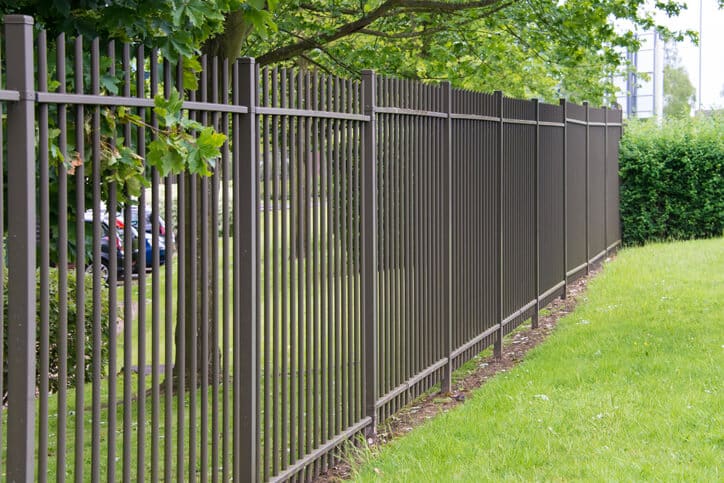
5. Visibility and supervision
When selecting a child-friendly fence, it’s essential to consider visibility and supervision. You want to ensure that you can easily keep an eye on your children while they play in the enclosed area. Here are some factors to keep in mind:
5.1 Open designs for better visibility
Choose a fence with an open design that allows for better visibility. Fences with wide pickets or slats and minimal obstruction provide clear lines of sight, allowing you to keep an eye on your children from inside or outside the enclosed area.
5.2 Avoiding solid or opaque materials
Avoid solid or opaque materials that obstruct visibility. Fences made from materials such as solid wood panels or PVC panels can limit your ability to supervise your children effectively.
5.3 Having windows or cutouts on the fence
Consider a fence that incorporates windows or cutouts. These design features can enhance visibility while still maintaining security. Windows or cutouts can also add visual interest and aesthetic appeal to your fence.
6. Ease of installation
The ease of installation is an important factor to consider when choosing a child-friendly fence. Depending on your preferences and skills, you may opt for a DIY installation or hire professionals. Here are some considerations:
6.1 DIY vs. professional installation
Determine whether you have the necessary skills and time to install the fence yourself. DIY installation can save you money but requires more effort and may not be suitable for all individuals. If you’re not confident in your abilities, it’s best to hire professionals to ensure a proper and secure installation.
6.2 Modular or prefabricated options
Consider modular or prefabricated fence options for easier installation. These types of fences come in pre-made sections, which can be assembled quickly and easily. Modular or prefabricated fences often require minimal tools and expertise, making them accessible for DIY installation.
6.3 Proper anchoring and support
Regardless of whether you choose DIY or professional installation, ensure that the fence is properly anchored and supported. A sturdy foundation and secure anchoring are essential for a child-friendly fence that can withstand children’s activities and environmental factors.
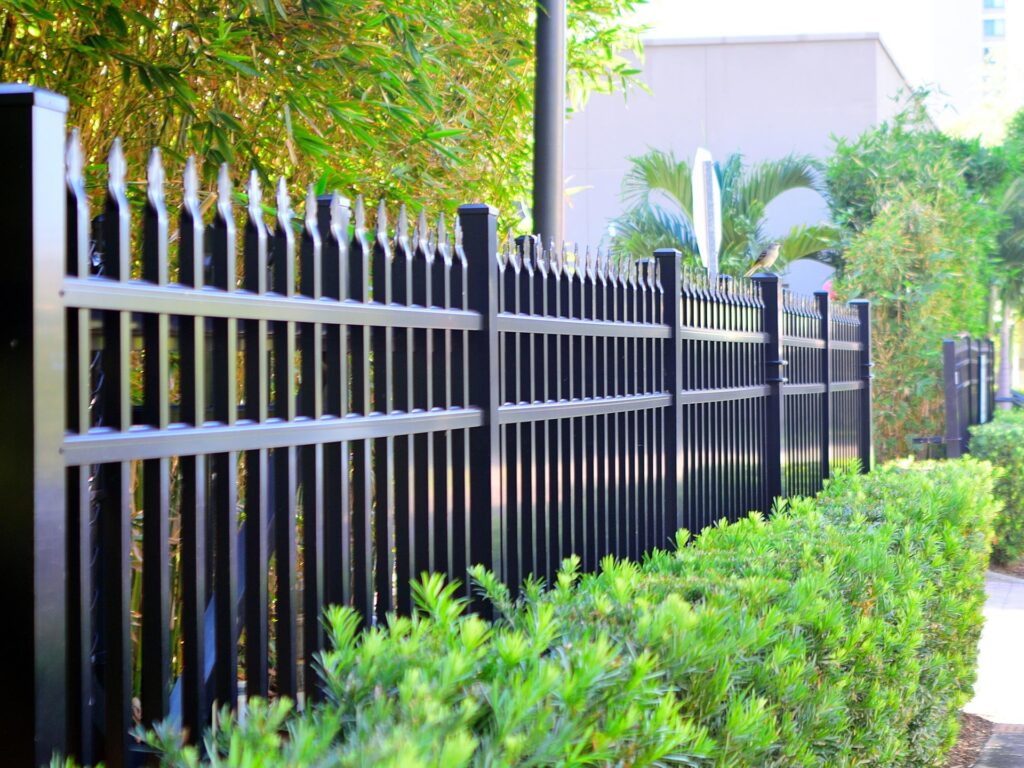
7. Cost and budget considerations
Cost and budget are significant considerations when choosing a child-friendly fence. It’s essential to find a balance between cost-effectiveness and the level of quality and safety that you desire. Here are some factors to keep in mind:
7.1 Total length and size of the fence
The total length and size of the fence will impact the overall cost. A longer or taller fence will generally require more materials and labor, resulting in higher costs. Consider your property’s size and the amount of fencing needed to enclose the desired area.
7.2 Material and labor costs
Different fence materials vary in cost, with some being more expensive than others. Additionally, professional installation will incur labor costs. Research and compare prices to find the most suitable options for your budget without compromising on quality and safety.
7.3 Maintenance and repair expenses
While the initial cost of the fence is important, it’s also crucial to consider long-term maintenance and repair expenses. Some materials may require more frequent maintenance or occasional repairs, which can add to the overall cost over time. Factor in these potential expenses when making your decision.
8. Compatibility with existing landscape
Consider the compatibility of the child-friendly fence with your existing landscape and overall aesthetic. You want to choose a fence that blends harmoniously with your property’s architectural style and complements its surroundings. Here are some considerations:
8.1 Blending with architectural style
Select a fence that complements the architectural style of your home and property. For example, if you have a traditional-style house, a picket fence may be a suitable choice. Alternatively, if you have a modern-style home, a sleek and minimalist fence design may be more appropriate.
8.2 Matching the color scheme
Consider the color scheme of your property when choosing a fence. Some materials, such as vinyl and composite, offer a range of color options, allowing you to select a fence that matches or enhances your property’s color scheme.
8.3 Incorporating landscaping elements
Think about how the fence can be incorporated into your existing landscaping. Consider whether you want to add plants, bushes, or decorative elements around or through the fence to create a visually appealing and child-friendly environment.
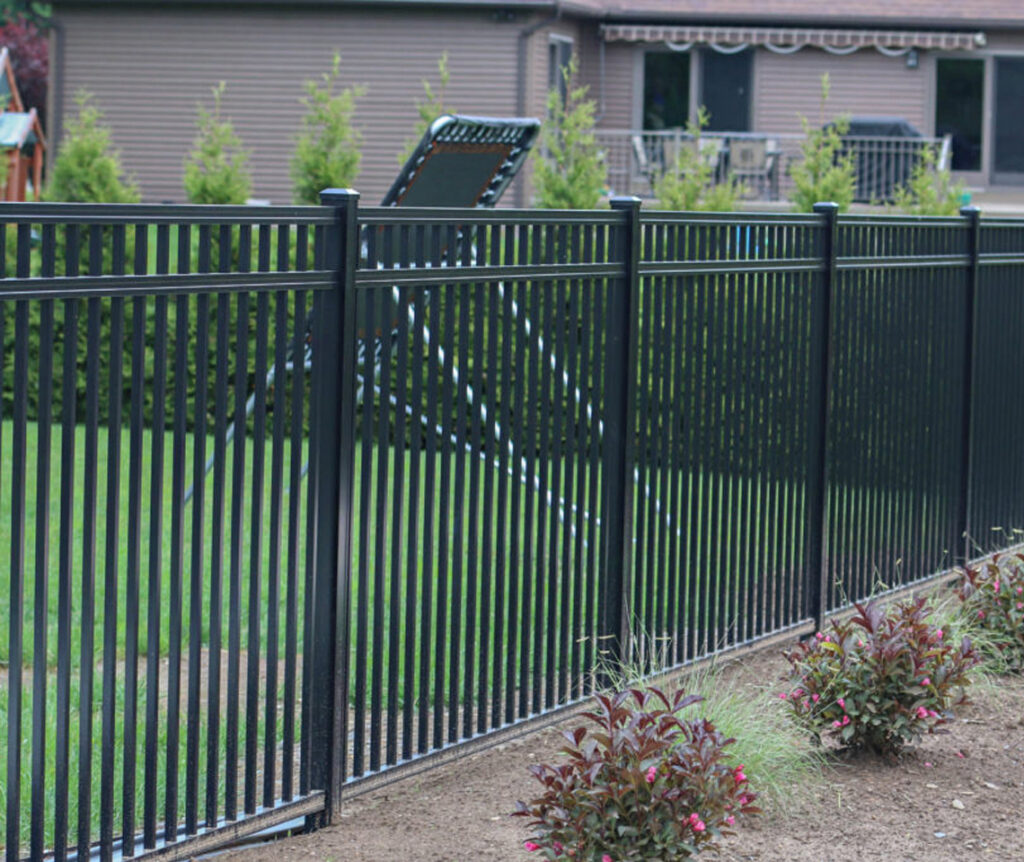
9. Local regulations and zoning requirements
Before installing a child-friendly fence, it’s essential to familiarize yourself with local regulations and zoning requirements. These regulations can dictate the height, materials, and placement of the fence on your property. Here are some key considerations:
9.1 Height limitations
Check if there are any restrictions on the height of fences in your area. Some neighborhoods or local authorities may have specific height limitations for both front and backyard fences. Ensure that your chosen fence complies with these regulations.
9.2 Fence placement and setback rules
Understand the fence placement and setback rules in your area. Some regulations may require certain distances between the fence and property boundaries, sidewalks, or driveways. Familiarize yourself with these rules to ensure compliance.
9.3 Permits and approvals
Determine whether you need permits or approvals from local authorities before installing a child-friendly fence. Some areas may require you to obtain permits or seek approval, particularly for taller or more extensive fences. Failure to comply with these requirements can result in fines or the need to remove and reinstall the fence.
10. Long-term functionality and adaptability
When choosing a child-friendly fence, it’s important to consider its long-term functionality and adaptability. Your children will grow and their needs will change over time, so it’s beneficial to select a fence that can accommodate these changes. Here are some factors to consider:
10.1 Future needs and potential changes
Consider any future needs or potential changes that may occur, such as the addition of pets, expansions to your property, or changes in family dynamics. Choose a fence that can adapt to these changes without significant modifications or the need for complete replacement.
10.2 Adding gates and access points
Think about whether you may need additional gates or access points in the future. Gates can provide convenient entry and exit points, as well as divide your property into different sections. Select a fence that allows for the addition of gates without compromising its overall integrity or safety.
10.3 Modifications for growing children
Anticipate modifications that may be necessary as your children grow older. For example, you may need to install a taller fence or add privacy features as your children enter their teenage years. Choose a fence that can be easily modified or upgraded to suit the changing needs of your family.
By carefully considering these factors when selecting a child-friendly fence, you can create a safe and secure outdoor environment for your children to enjoy. Remember, each property and family has unique requirements, so take the time to assess your specific needs before making a decision. With the right child-friendly fence in place, you can have peace of mind knowing that your children are protected and can enjoy their outdoor adventures with freedom and security.
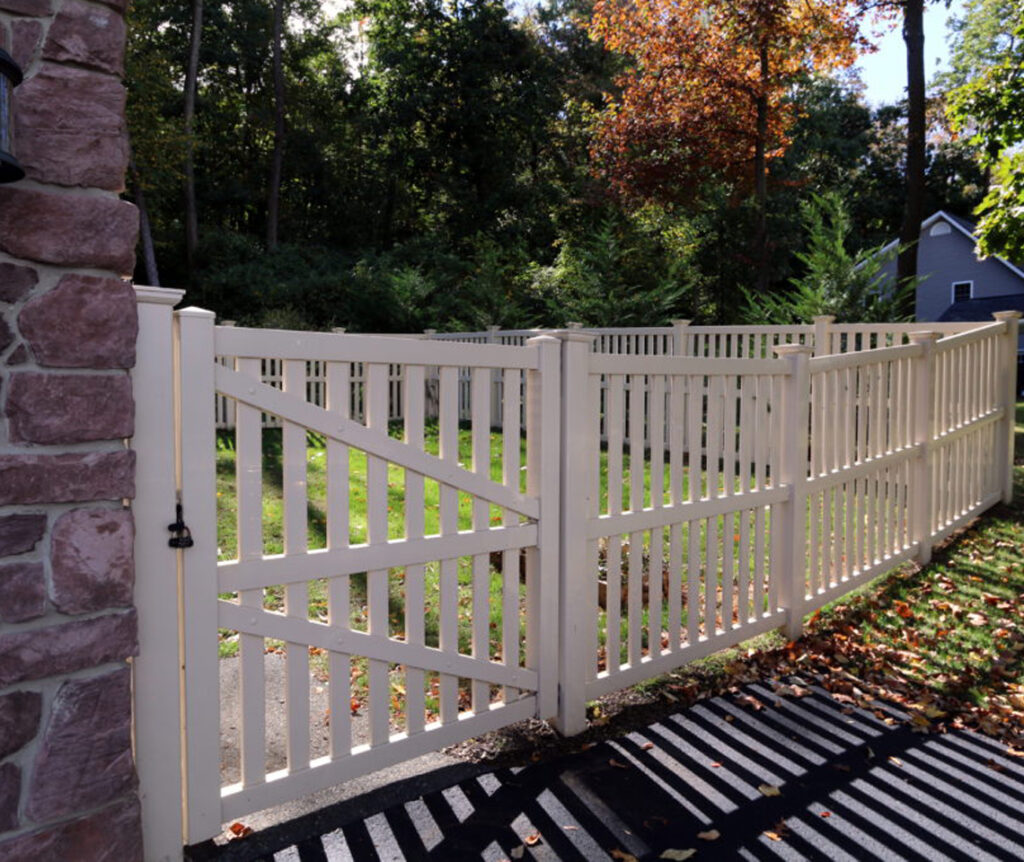
Common Questions about Child-Friendly Fences
-
Are vinyl fences safe for children?
- Yes, vinyl fences are generally considered safe for children. They are made from non-toxic materials, do not splinter, and have smooth surfaces, minimizing the risk of injury.
-
Can wood fences be made child-friendly?
- Wood fences can be made child-friendly by choosing the right type of wood and ensuring it is treated with non-toxic substances. Untreated cedar or redwood are good options for safe wood fences.
-
How tall should a child-friendly fence be?
- The recommended minimum height for a child-friendly fence is four feet. Consider taller options if you have older or more adventurous children who may try to climb over the fence.
-
What spacing between pickets or slats is safe for children?
- To prevent children from getting their heads or bodies trapped, the spacing between pickets or slats should be less than 3.5 inches, as recommended by the American Academy of Pediatrics.
-
Can child-friendly fences be easily installed by homeowners?
- Child-friendly fences can be installed by homeowners, but it depends on their skills and the complexity of the fence. Prefabricated or modular options are often easier for DIY installation.
-
Do child-friendly fences require ongoing maintenance?
- The maintenance requirements of child-friendly fences vary based on the materials used. Vinyl and aluminum fences require minimal maintenance, while wood fences may need occasional staining or sealing to prolong their lifespan.
-
Can child-friendly fences be customized to match the existing landscape?
- Yes, child-friendly fences can be customized to match the existing landscape. Consider the architectural style, color scheme, and landscaping elements when choosing the design of your fence.
-
Are child-friendly fences subject to specific regulations or permits?
- Child-friendly fences may be subject to local regulations and zoning requirements. Check with your local authorities to understand the height limitations, setback rules, and if you need permits or approvals.
-
Can child-friendly fences be modified as children grow older?
- Child-friendly fences can be modified as children grow older. Consider the future needs of your family and choose a fence that can be easily modified or upgraded without significant changes.
-
What are the cost considerations for child-friendly fences?
- The cost of child-friendly fences depends on several factors, including the total length and size of the fence, material and labor costs, and long-term maintenance and repair expenses. Evaluate your budget and prioritize safety and quality when making your decision.
